On my last trip to Oahu, I decided to pay a visit to my favorite ukulele maker and tour their factory. I only wish I could say that I own a Kamaka (they are well over a thousand dollars) but maybe one day. Hey – maybe one day my crypto profits will buy me a Kamaka. There’s a cool goal! That way the guitar center guys won’t have to keep kicking me out for playing one too long. # kiddingnotkidding
I hope you enjoy going through the factory with me and getting to see the process of some of the finest ukulele’s in the world being made.
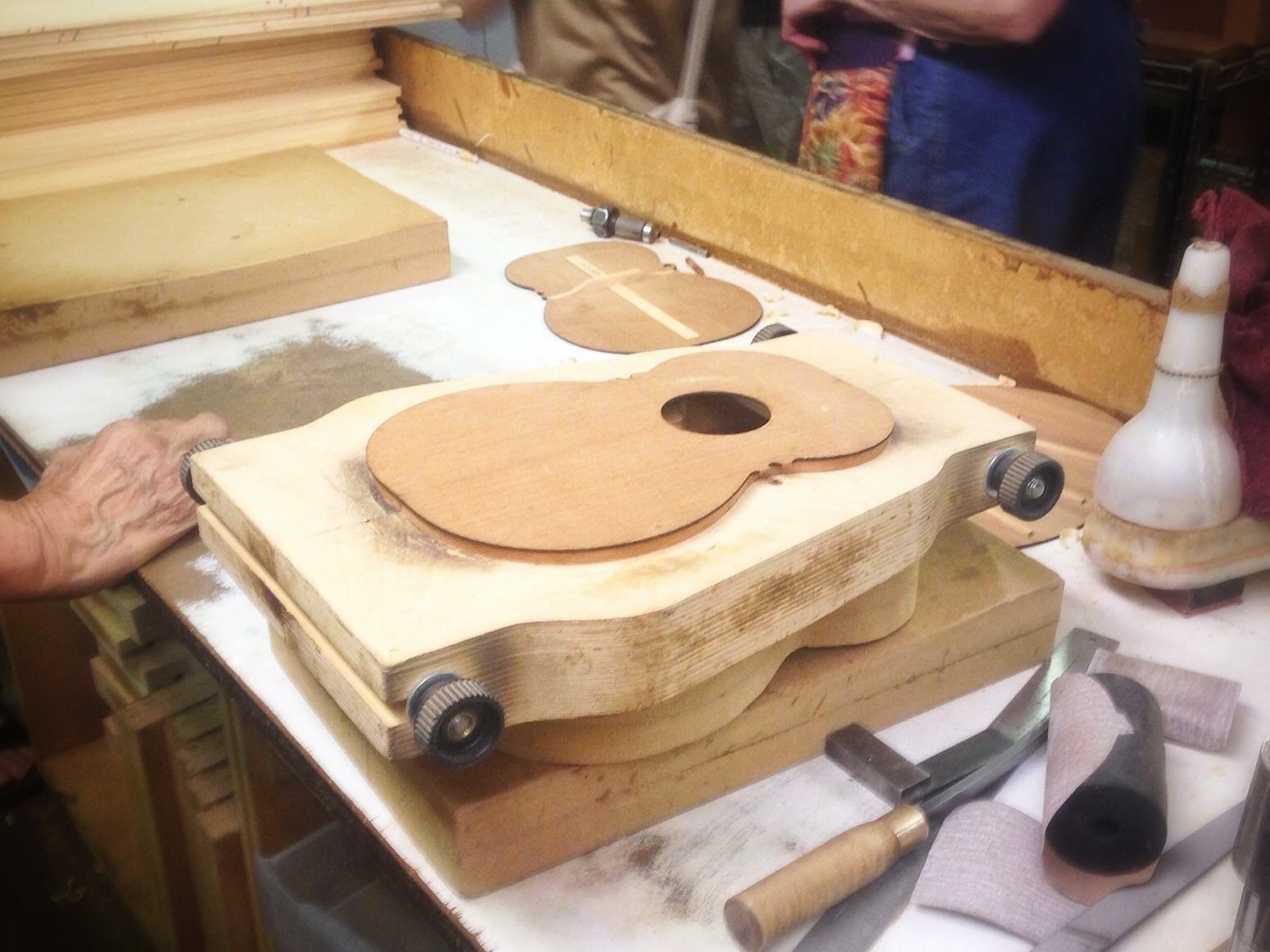
A bit of History on the Kamaka Company
The Kamaka Company was founded in 1916 by Samuel Kamaka, who had been already making koa ukuleles for about 30 years. The first shop was called "Kamaka Ukulele and Guitar Works" and was run out of his basement. In 1921 Kamaka opened a store in the town of Kaimuki, near Honolulu. Kamaka already had a reputation for making high-quality instruments, and so the shop started to gain traction.
Samuel Kamaka semi-retired early in 1952 due to illness and went to the family estate in Waianae to make ukuleles. He died in December 1953, after a 40-year career in ukulele craft. Upon his father's death, Samuel Jr. abandoned his studies, instead choosing to continue the family business.
A Very Special Tour Guide
Upon entering the lobby of the factory, we were greeted by a friendly Hawaiian man in his 80’s. When he introduced himself as Samuel Junior, I could hardly believe that he would be personally leading the tour himself. It was such a cool experience to hear him reminisce on the early days and talk about how he grew up in this factory.
He pulled out a cute little pineapple ukulele from behind a glass case and proceeded to tell us this his grandfather actually INVENTED the pineapple ukulele and this was the very first one. My jaw about hit the floor as I realized the significance of this piece of ukulele history.
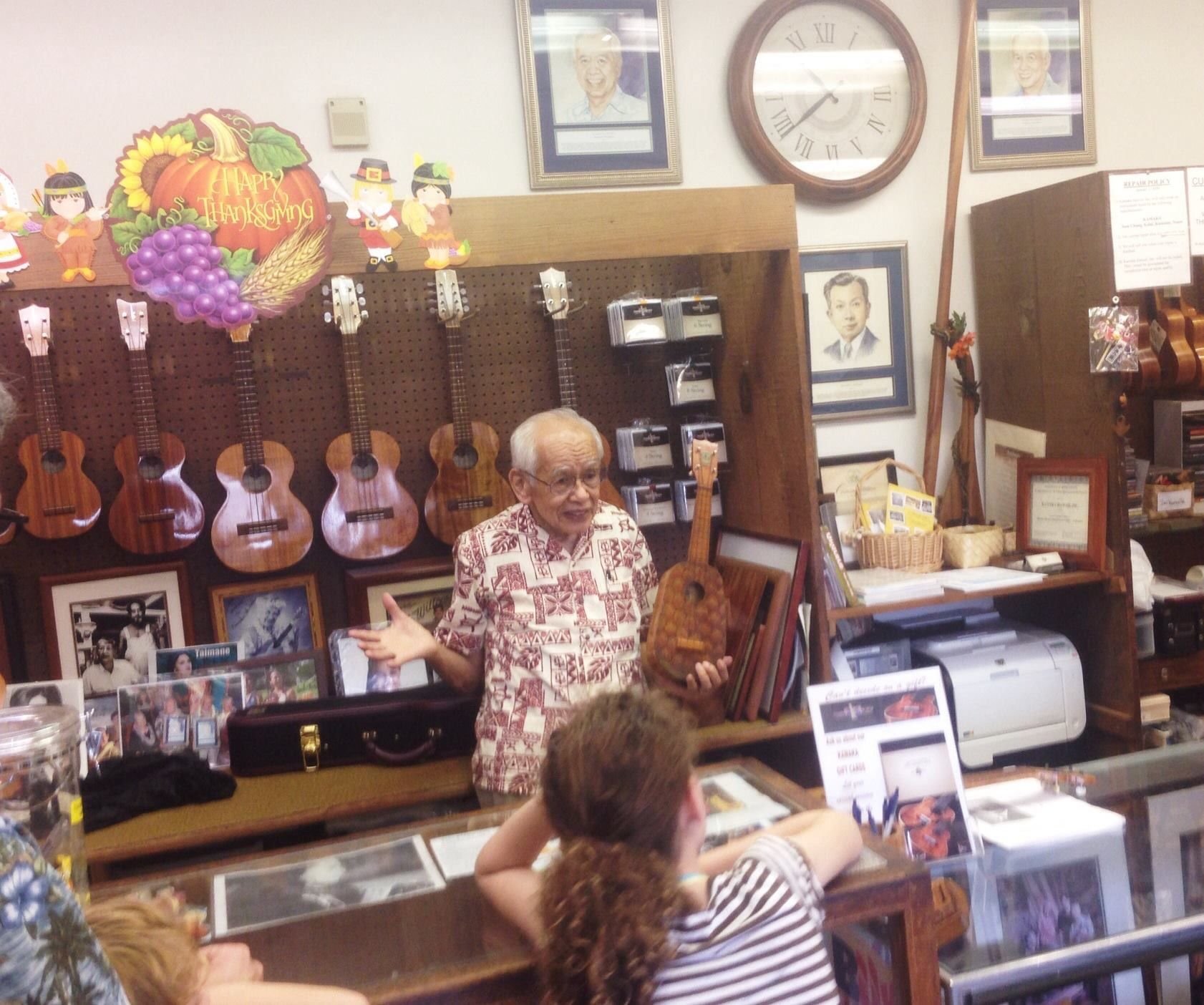
I own a more traditional shaped ukulele, but the pineapple shape is a close second in terms of popularity. If you still aren’t sure what I am referring to – look a little closer at the ukulele he is holding and you’ll see that the shape resembles that of a pineapple and the neck would be the “green top” coming out. I love the small pineapple pattern on the wood itself. I can only imagine what that little instrument is worth.
Going Through the Factory
I had never seen the process of making a ukulele before and I’d heard that this place was pretty special. Kamaka uses only the finest Koa wood for their instruments and they go through a very strict aging process to ensure the wood is perfectly treated to produce a great quality sound.
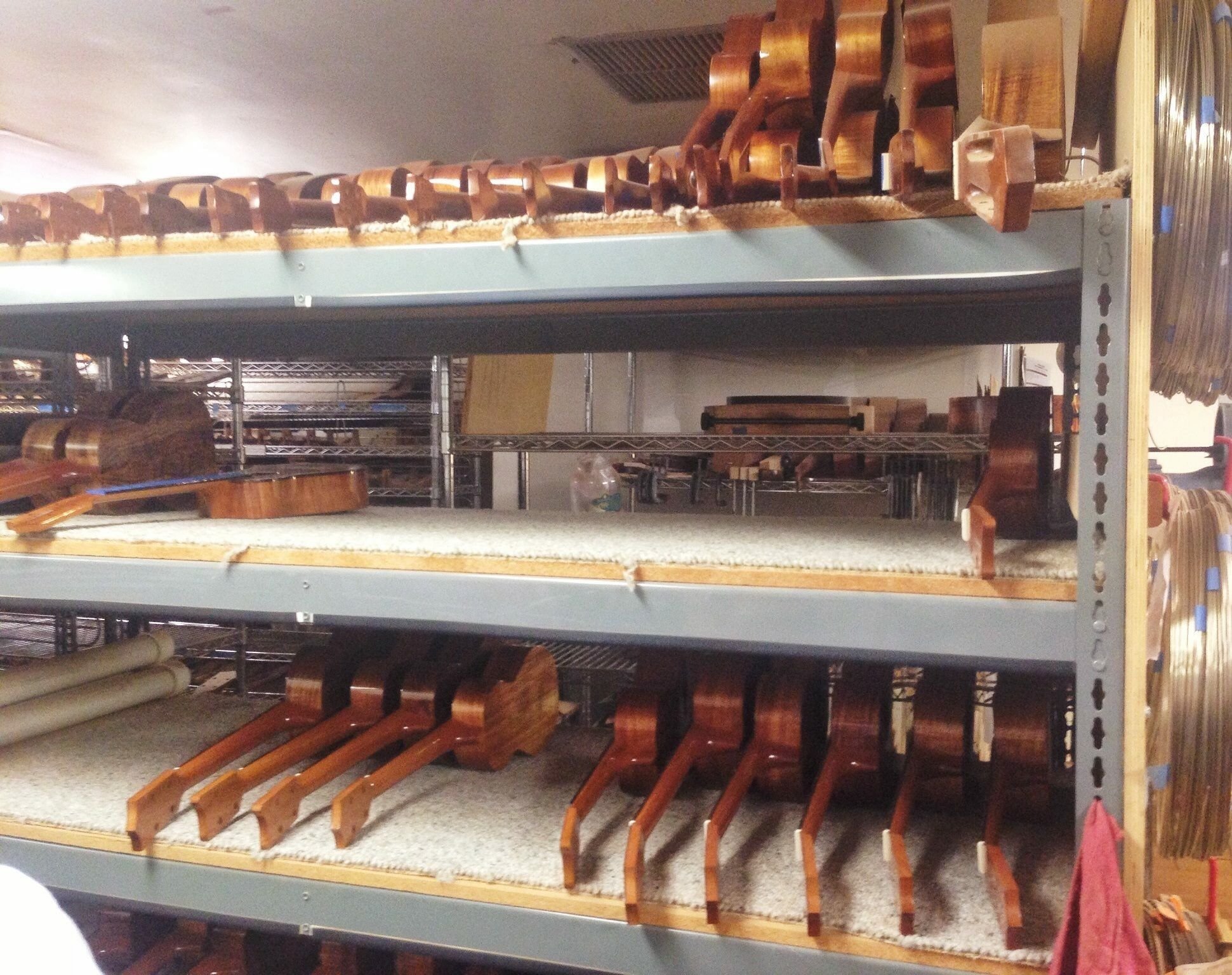
There are many stages that each ukulele goes through before it ever hits the shelf. I was not able to document all of them – but a few that really stood out to me is how many of the stations were completely done by hand. They had a few pieces of machinery in the warehouse, but it was mostly locals sanding, grinding and forming right in front of us.
It might be hard to see in the photo, but this is in a covered area outside the factory where sheets of koa wood will sit for about 5 years before they are ever brought into the factory!
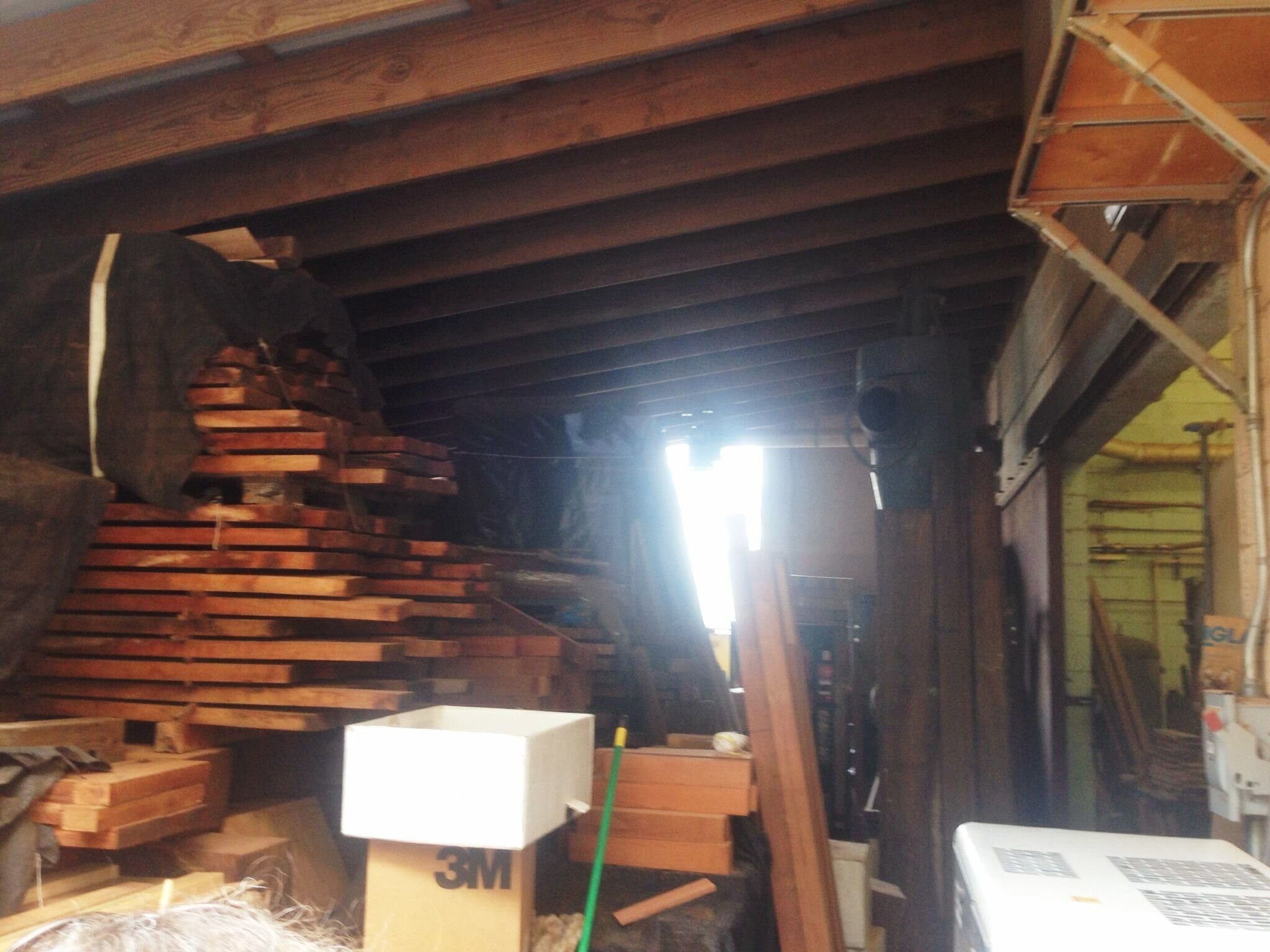
This blew my mind because it seems like such a long time to wait. One of the people in our tour group asked if they ever use sheets early because of high demand. His answer really impressed me because he said they produce a certain amount every year – and that is all they are able to do to respect the integrity of their product.
I think this is part of the reason why their instruments are so valuable. They aren’t something you come across every day and are rarely discounted thanks to the high demand. My friend actually owns a Kamaka and he lets me play it sometimes. WOW what a difference from my $175 dollar uke. The depth of sound was really accentuated next to mine. Shhh… don’t tell me uke I’ve been cheating on her.
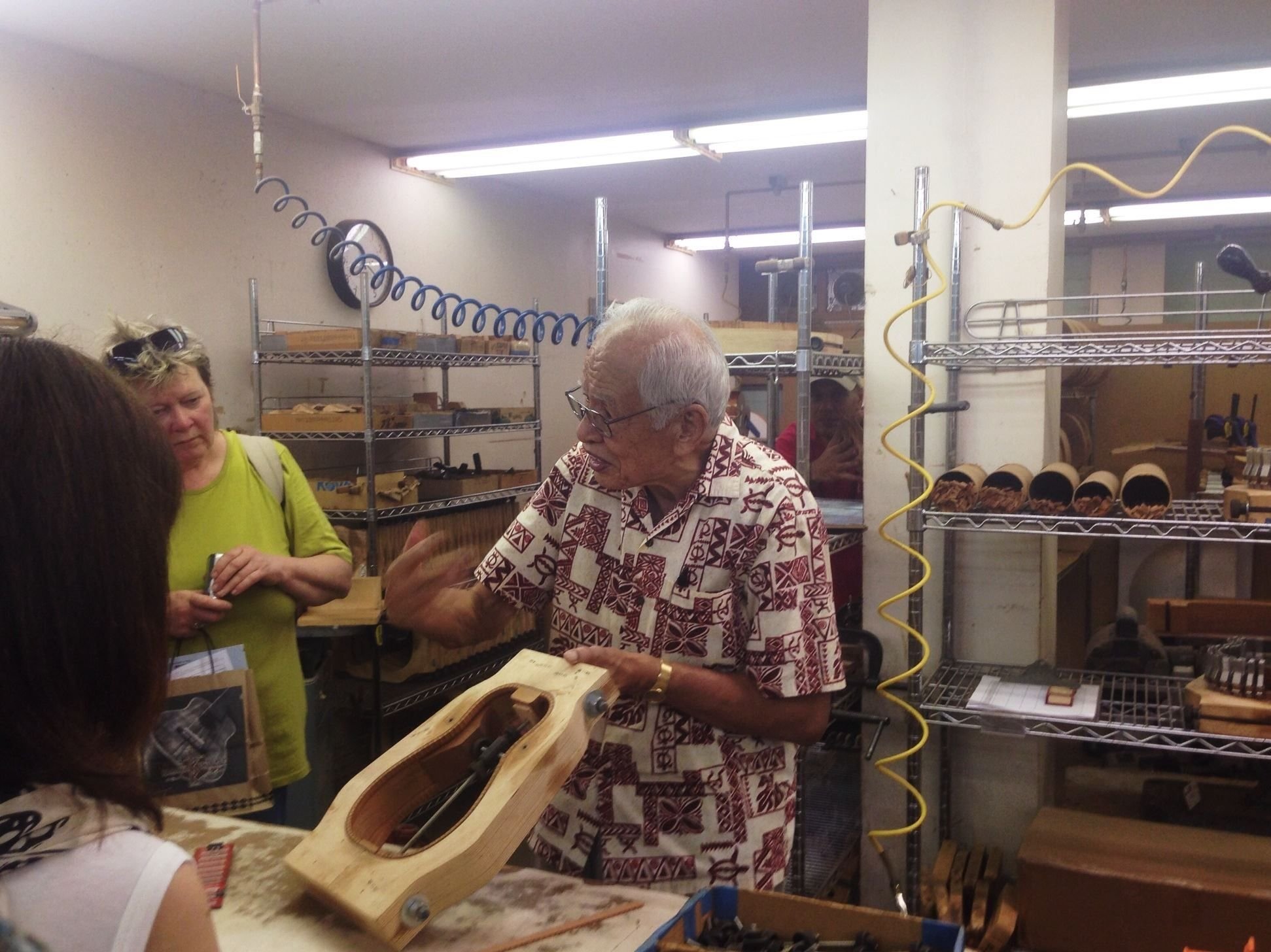
One of the things that struck me is how many people were crammed into this small warehouse area. Our tour guide told us that this is actually the exact same building they have always been in.

They might consider moving to a larger facility at some point, but they are pretty happy keeping their production small so that Kamaka stays a niche brand. Honestly, I doubt he used the words “niche brand”. It was probably something more like “special and unique” but my business minded brain switched it into marketing terms. This guy was so genuine and passionate about what he did – it was truly astounding to witness.
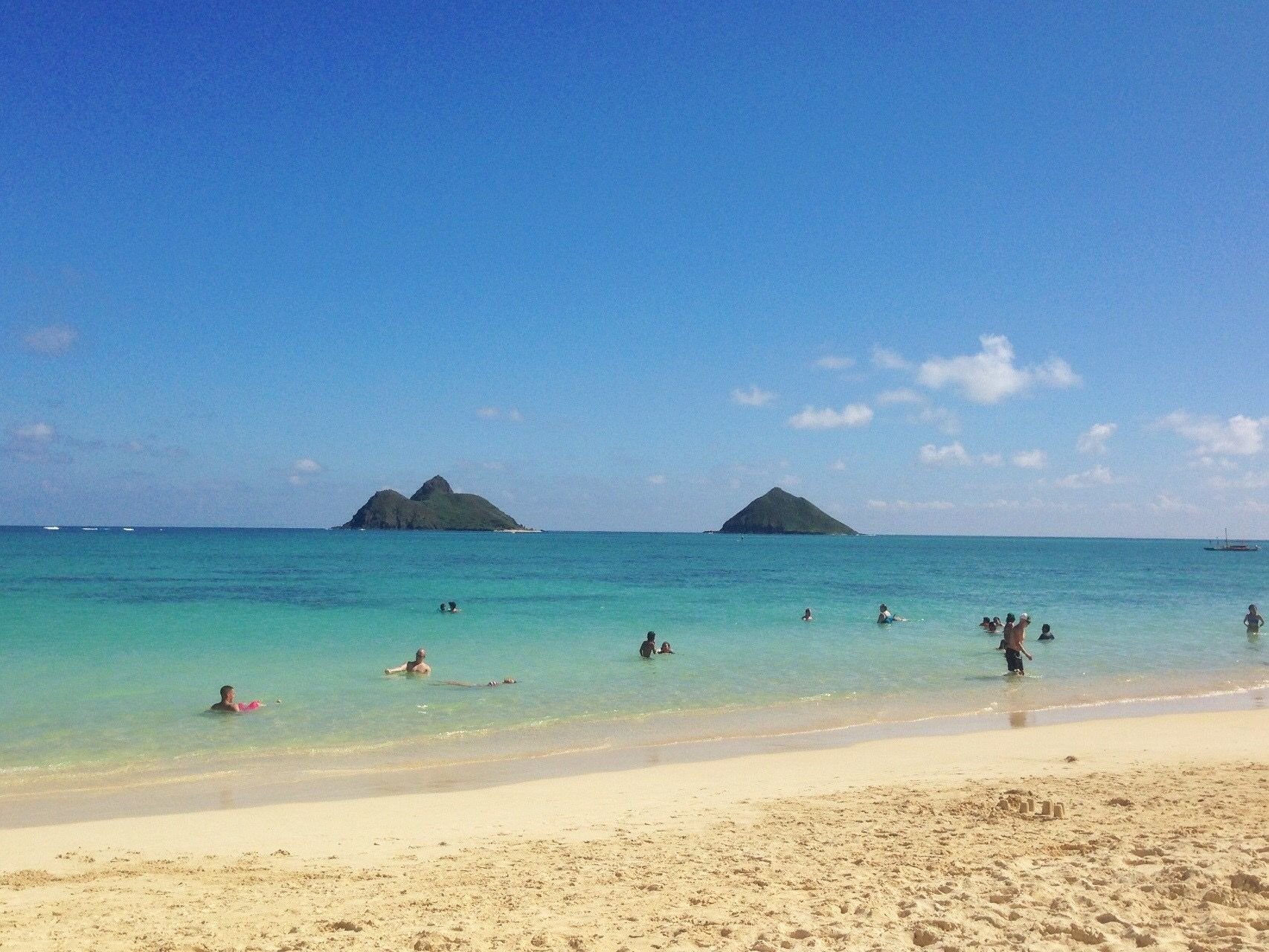
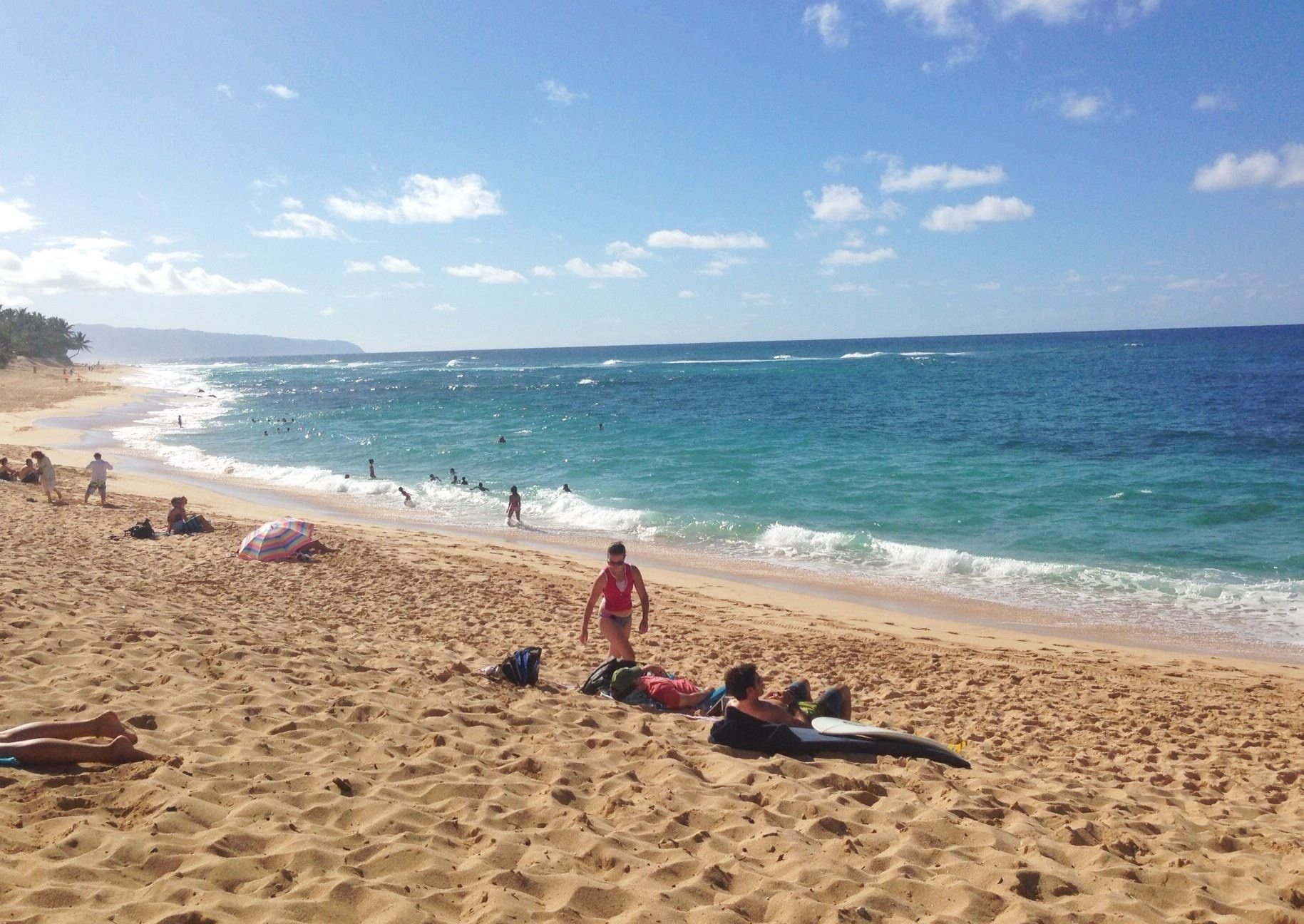
Thanks for coming along with me on this fun adventure! It was so eye opening to see the process of making a ukulele all the way from the pile of wood curing outside to the molds they use and the handmade touches.



